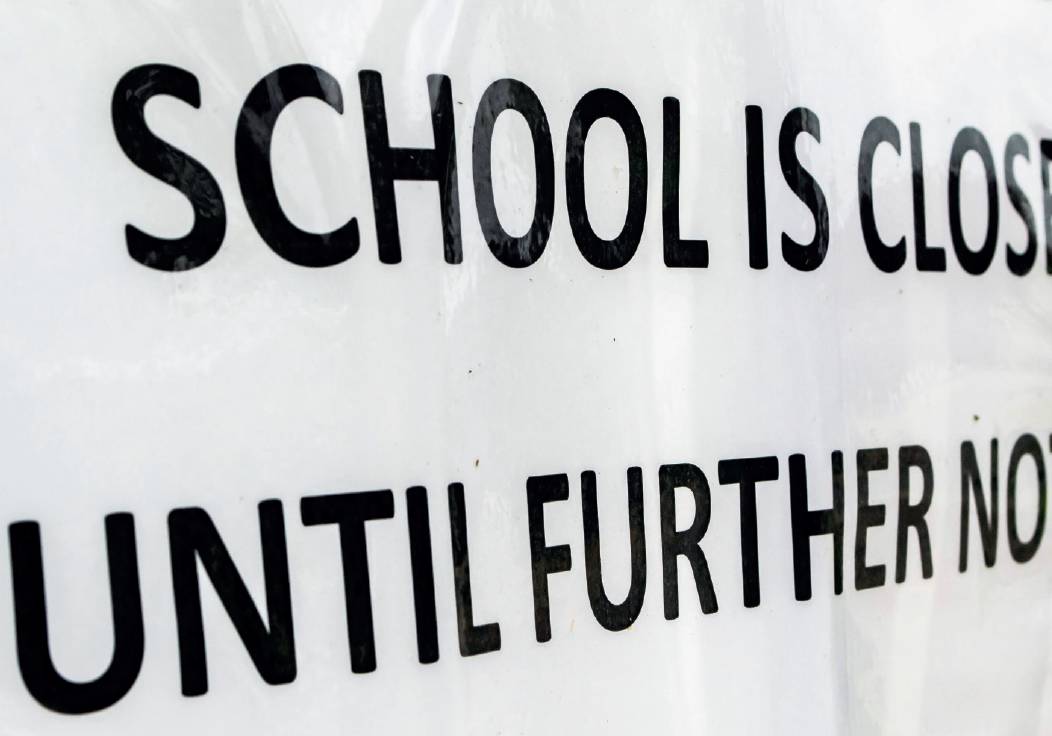The biggest issues of the month explored | Materials
Inside Track
MATERIALS
Schools shut as cheap materials exceed design lives
More than 150 school buildings close as problem spreads to other public buildings
By Thomas Johnson
Education ministers are facing criticism for failing to refurbish school buildings which have exceeded their design lives and are now structurally unsafe.
In recent weeks more than a hundred schools had to close buildings containing structural elements made of Reinforced Autoclaved Aerated Concrete (Raac) which has been linked to a series of collapses. Many had gone beyond their 30-year design lives.
The school closures followed the collapse of a Raac beam at a school in August.
 More than 150 schools have been forced to close buildings containing Raac elements
More than 150 schools have been forced to close buildings containing Raac elements
At least 156 schools have closed buildings and the issue has spread across the public sector, with 34 hospitals now known to contain structural elements made of the material.
Raac is a made from a combination of cement, lime, water and an aeration agent. It speeds up the manufacturing turnaround of precast concrete units. Raac elements contain a high volume of air, making them vulnerable to moisture ingress. They are also known to lose tensile strength in situ. The lifespan of Raac components is estimated to be 30 years.
Of the schools where Raac was found, 52 have already put safety measures in place. The other 104 were unable to open to their full capacity at the start of term in September, pending the introduction of safety measures. Reports suggested at least 24 of those without safety measures in place would have to fully close.
Raac has been identified as an issue for at least five years since an Raac plank failed at a school in Kent. The August collapse has highlighted the issue again. Following this, the Department for Education (DfE) has updated guidance on mitigating Raac’s potential impacts, originally published in 2022.
On 31 August DfE said: “The guidance advises responsible bodies to vacate and restrict access to the spaces with confirmed Raac. Spaces should remain out of use until appropriate mitigations are in place, even where they would have been deemed non-critical previously.”
The Raac reporting system initially put in place by DfE in December 2022 was also updated on 31 August with increased emphasis on the identification of Raac.
Schools have been advised to tell the DfE if they find Raac in their buildings via the DfE Capital Portal.
National Education Union general secretary Daniel Kebede hit out at the government’s handling of the situation.
He said: “We are not confident that the government has a proper plan to address this immediate issue with the urgency it requires, let alone the wider issue of capital funding to ensure school buildings are fit for the future. There are 156 schools with confirmed Raac but how many more where it has not yet been identified?”
Collaborative Reporting for Safer Structures UK (Cross), the anonymous reporting service where engineers can express concerns about unsafe structures, said: “Raac was used in schools, colleges and other building construction from the 1950s until the mid-1990s. It may therefore be found in any school and college building that was either built or modified in this time period.
“Although called concrete, Raac is very different from traditional concrete and, because of the way in which it was made, much weaker.”
Many buildings are now older than their 30 year design lives and there has been an increasing rate of structural failures in recent years as a result.
Harley Haddow civil and structural director Colin Tait said Raac problems have been known to structural engineers for years after a roof collapse at a primary school in Kent in 2018. They have also been reported by NCE.
Tait said: “Cracking to the plank, particularly near its support, and water ingress – whereby it turns the concrete, in essence, to a ‘sponge’ – were felt particularly worrying.